Academic Growth Without Building Bigger
Rethinking Space to Support Student Learning
For many independent schools, the demand for more flexible, student-centered academic space continues to grow. At the same time, budgets, land availability, and sustainability goals often point toward a different path. As schools strive to foster deeper student engagement and faculty collaboration, true academic expansion isn’t always about building more. Sometimes, it’s about using what you already have, better.
At ARC, we’re helping schools take a fresh look at how strategic renovations, adaptive reuse, and rethinking space planning can unlock hidden capacity, improve equity, and support evolving pedagogy, all without increasing the building footprint. Here are a few of the key strategies schools are embracing.
Reimagining the Heart of Campus
One of the most effective approaches to expansion without construction is the adaptive reuse of existing buildings. At Brooks School, we’ve been working to reimagine their existing library as a dynamic Learning Commons. Rather than serving as a quiet space reserved for study, this reimagined hub brings together a range of academic support services, such as the writing center and quantitative support center, alongside open collaboration zones and new classrooms. It will be a lively, integrated destination for students and faculty throughout the day.
This shift reflects a larger trend: rethinking traditional campus buildings so they support multiple uses and feel more connected to daily academic life. When designed intentionally, formerly underutilized spaces can be transformed into vibrant, student-centered hubs.
Smarter Scheduling Through Design
A common challenge we see across schools is that some classrooms are overbooked while others sit empty. Often, this comes down to outdated assumptions, such as identical classrooms meant to accommodate a theoretical maximum number of students, without reflecting real patterns in enrollment or scheduling.
We regularly partner with registrars and academic deans to conduct space utilization audits, understanding class sizes by subject, time of day, and teaching style. By matching room sizes to actual enrollment patterns and creating a mix of small, medium, and larger rooms, schools can better align their facilities with how teaching and learning really happen. The result is more efficient scheduling, more comfortable learning environments, and less wasted space.
Flexible classrooms designed to support either math or humanities, group work or lecture, also help ensure that rooms are in use throughout the day. This shift often includes rethinking how classrooms are assigned. Rather than tying rooms to individual departments or teachers, some schools are centralizing faculty offices and scheduling classrooms dynamically. At St. Mark’s, for example, science and math faculty now share a centralized hub with individual desks, a communal table, and a small meeting room. By decoupling faculty from specific classrooms, the school gained greater flexibility in scheduling, ensuring each room could be used throughout the day while also fostering daily interaction and collaboration among faculty.
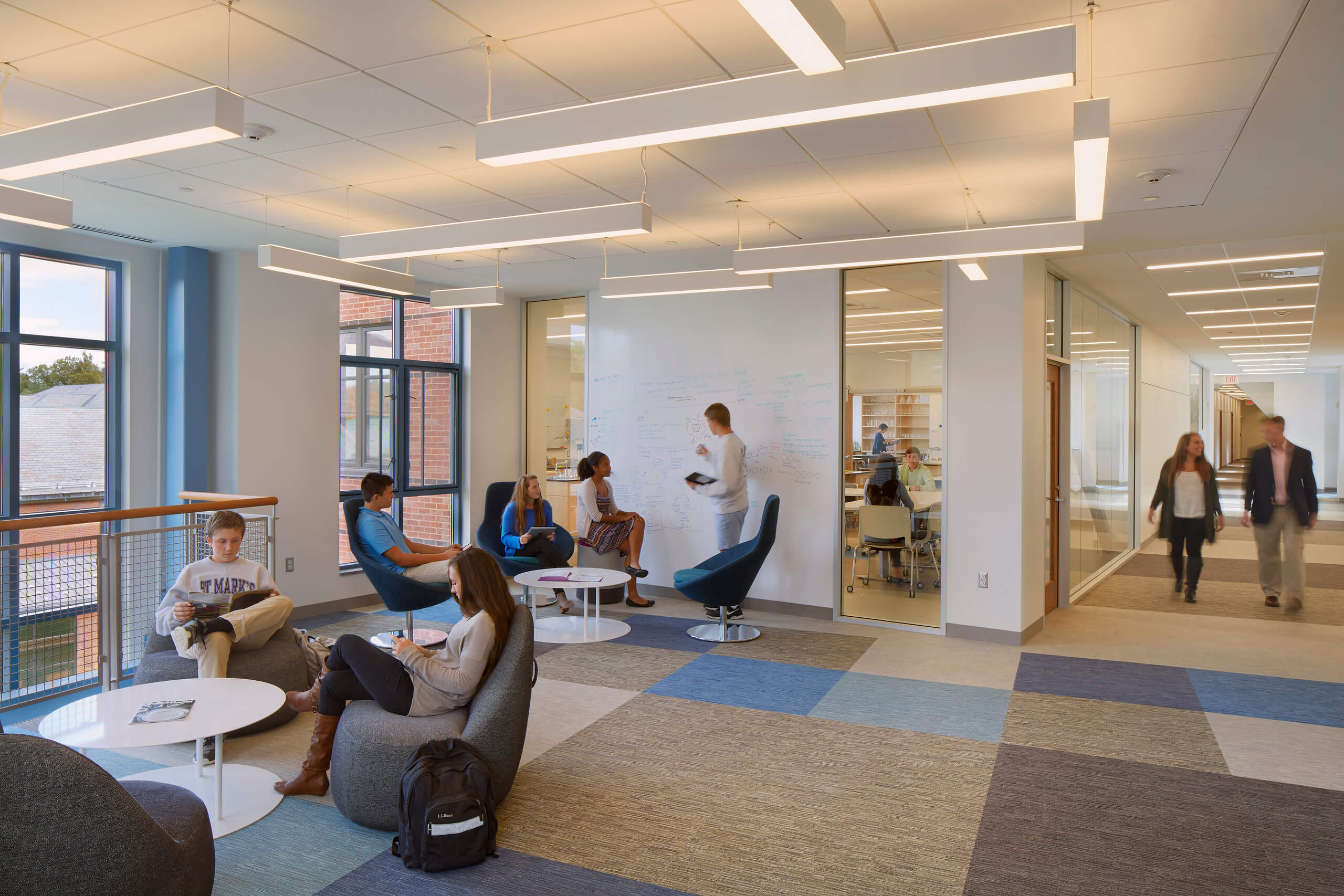
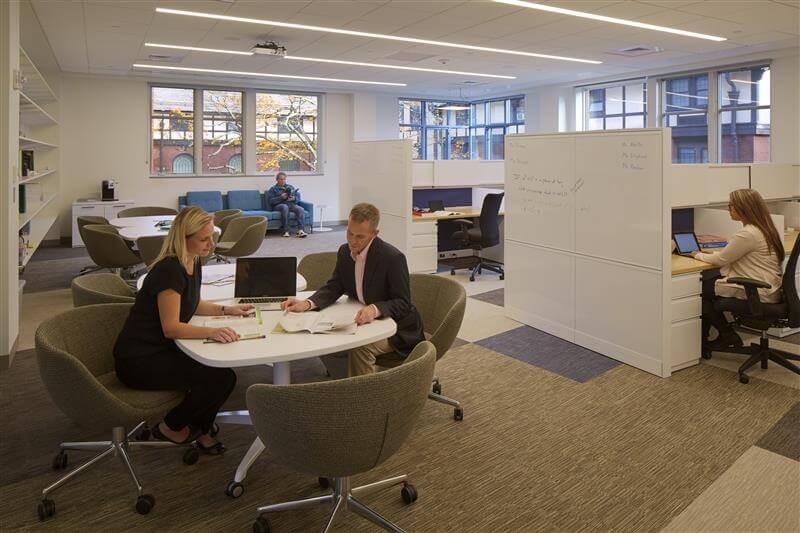
Thinking Beyond the Walls
Learning doesn't always have to happen indoors. Many campuses have beautiful outdoor settings that can serve as powerful teaching tools with minimal investment. We’ve worked with schools to make better use of courtyards, porches, and green spaces by adding power outlets, Wi-Fi, or even just moveable furniture to support everything from impromptu seminars to group projects on a sunny day.
At Dexter Southfield School, for example, a patio adjacent to the dining hall and overlooking the athletics fields allows students to work outside and spill out after a meal to continue discussions or work on a project. This kind of low-cost, high-impact thinking allows schools to increase capacity and enrich the student experience without major capital projects.
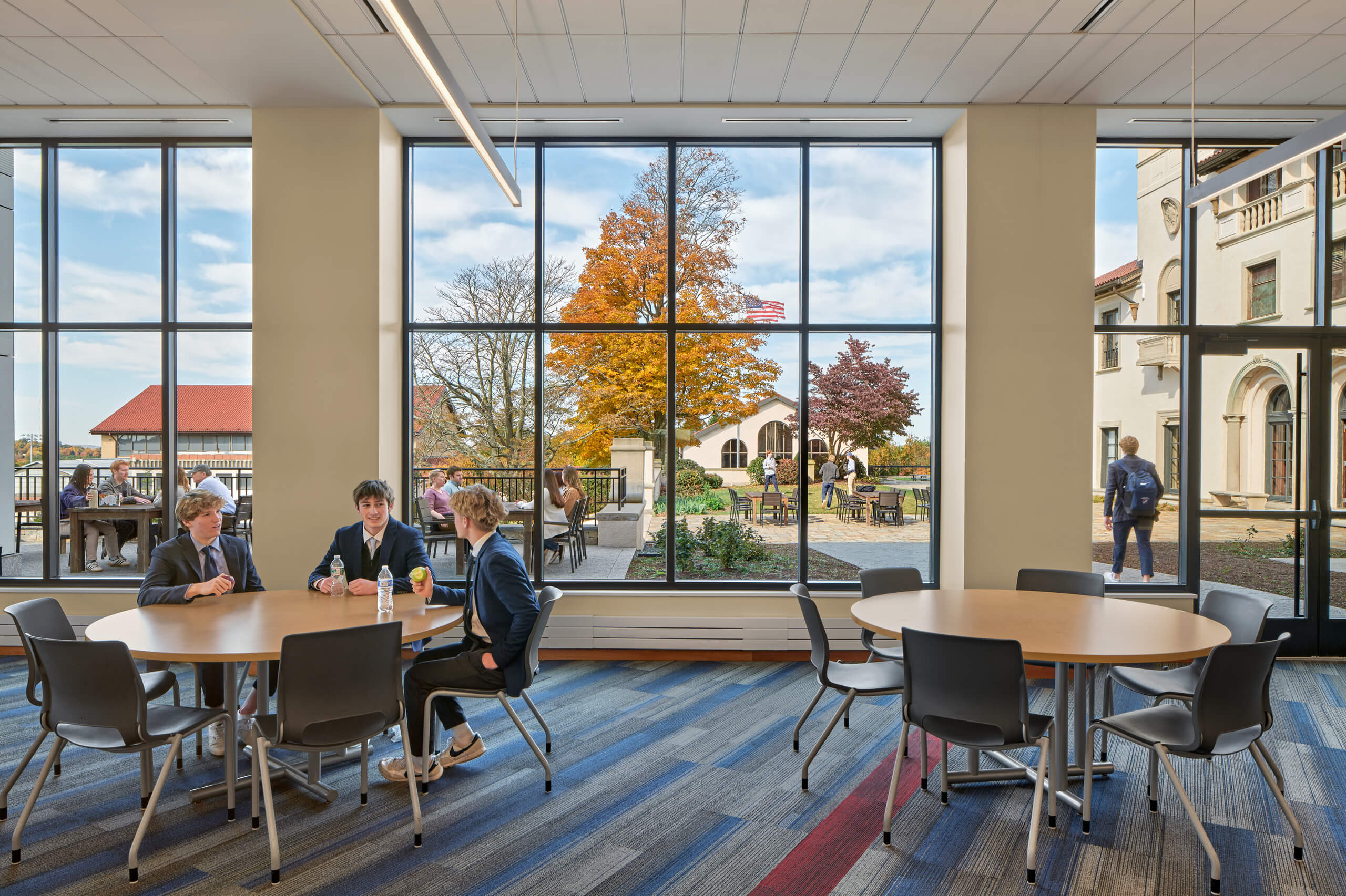
Equitable Improvements Across Campus
When a new building or addition is needed, we believe it’s just as important to elevate the existing academic environment around it. At Eagle Hill School, for example, we paired the design of a new STEM center with a broader vision to renovate adjacent classrooms and shared spaces, ensuring the entire academic hub felt cohesive, connected, and up to date. By allocating some of the project’s investment to updating older classrooms and shared spaces, students, no matter their schedule, have access to environments that feel current, comfortable, and inspiring.
Equity in academic spaces doesn’t just reflect a school’s values. It also enhances scheduling flexibility and reduces pressure on the newest spaces.
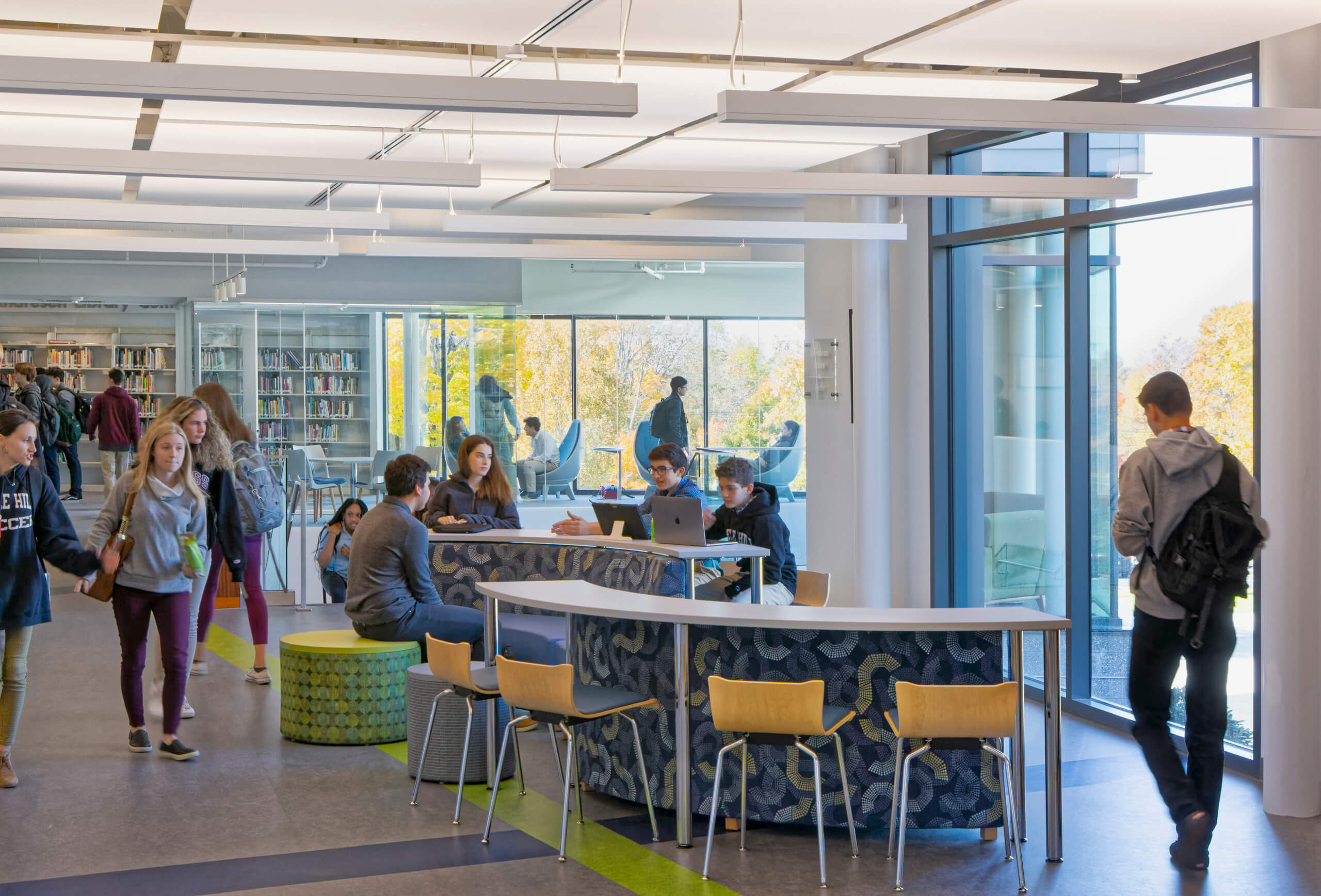
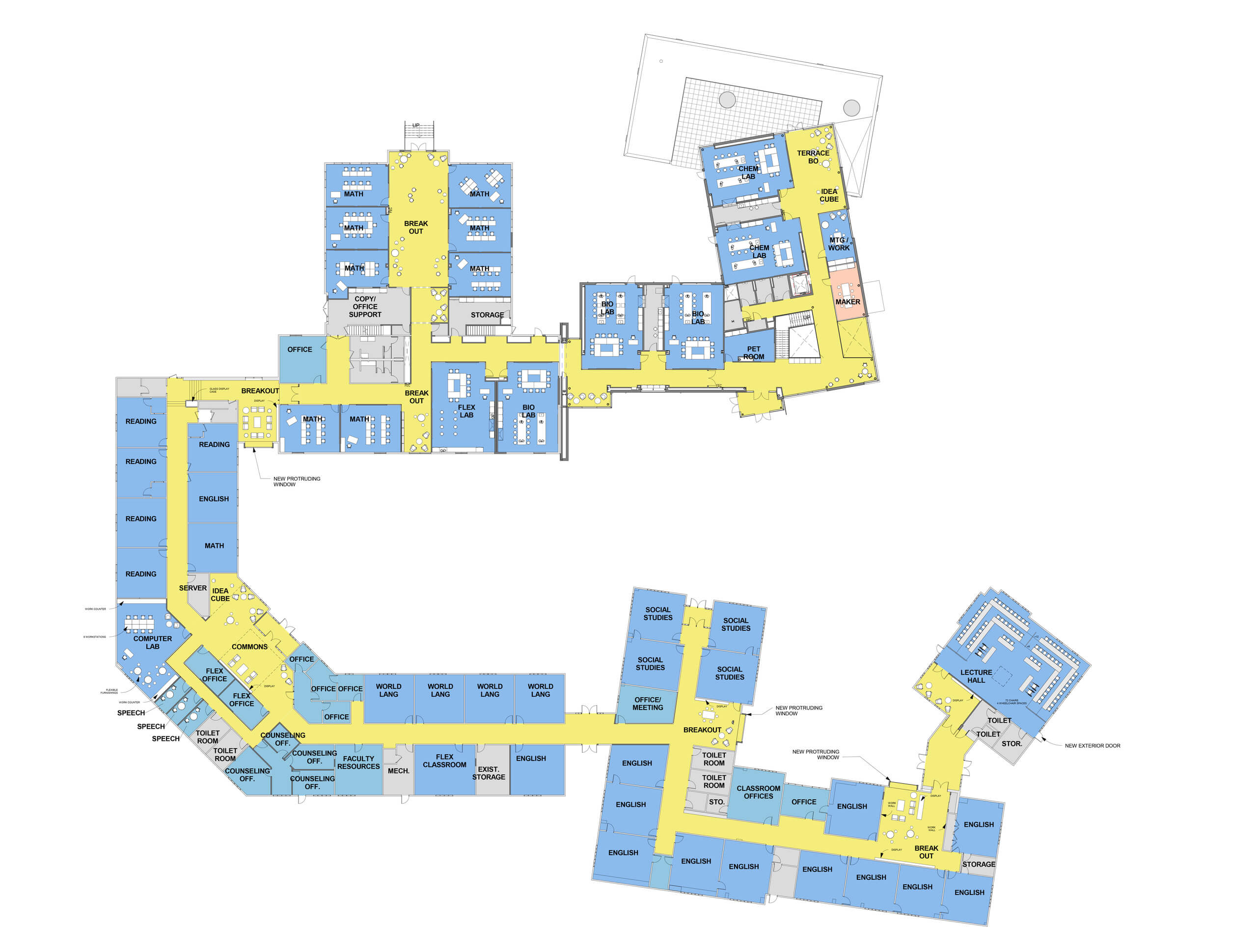
A More Thoughtful Path to Growth
Academic expansion doesn’t always require new construction. With the right planning and design strategies, schools can do more with the space they already have, supporting both current and future needs in a way that’s sustainable, student-centered, and cost-effective.
At ARC, we’ve partnered with independent schools across the country to reimagine academic spaces with creativity and care. The solutions look different on every campus, but the results are consistent: more active classrooms, more vibrant community, and smarter use of every square foot.